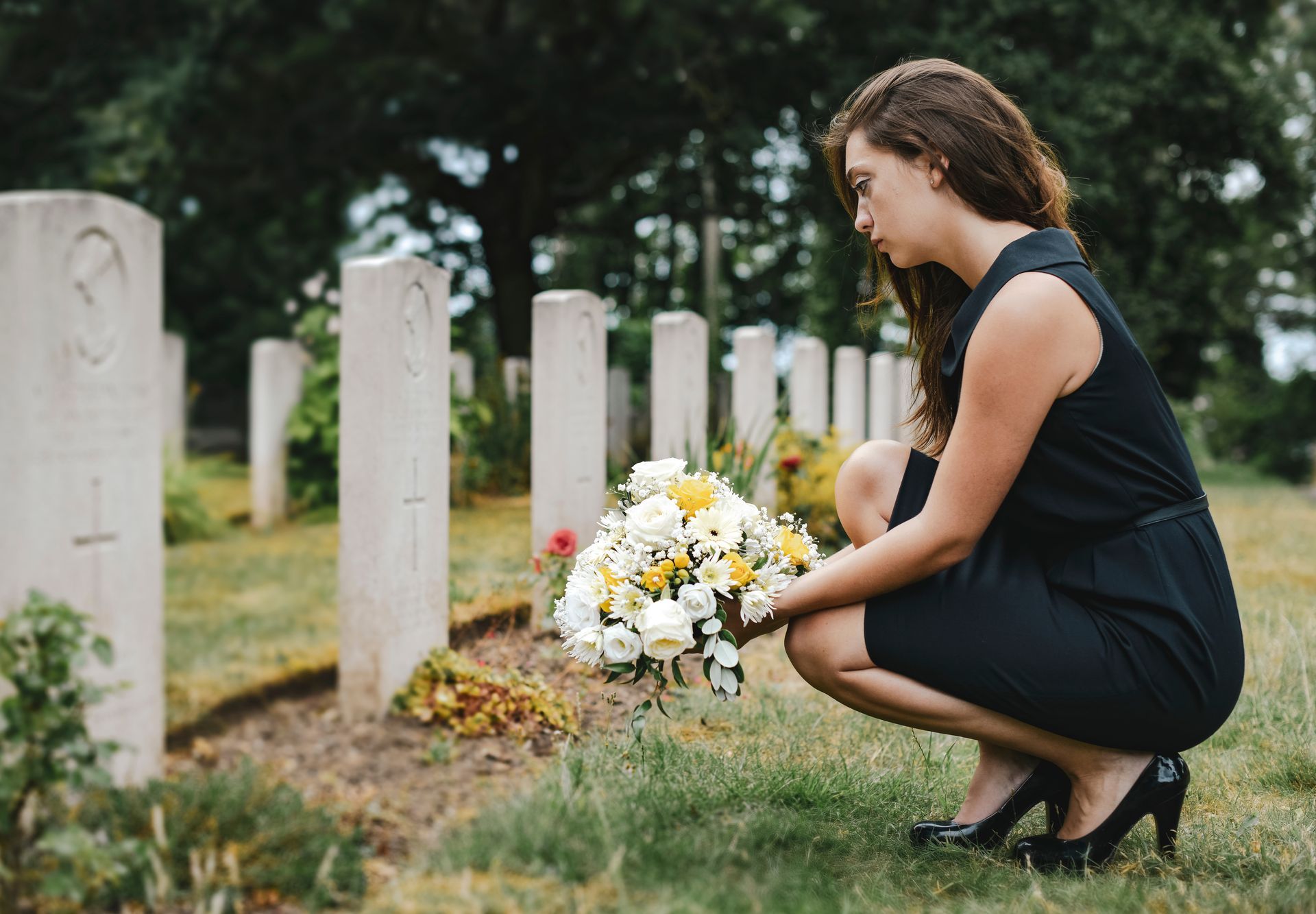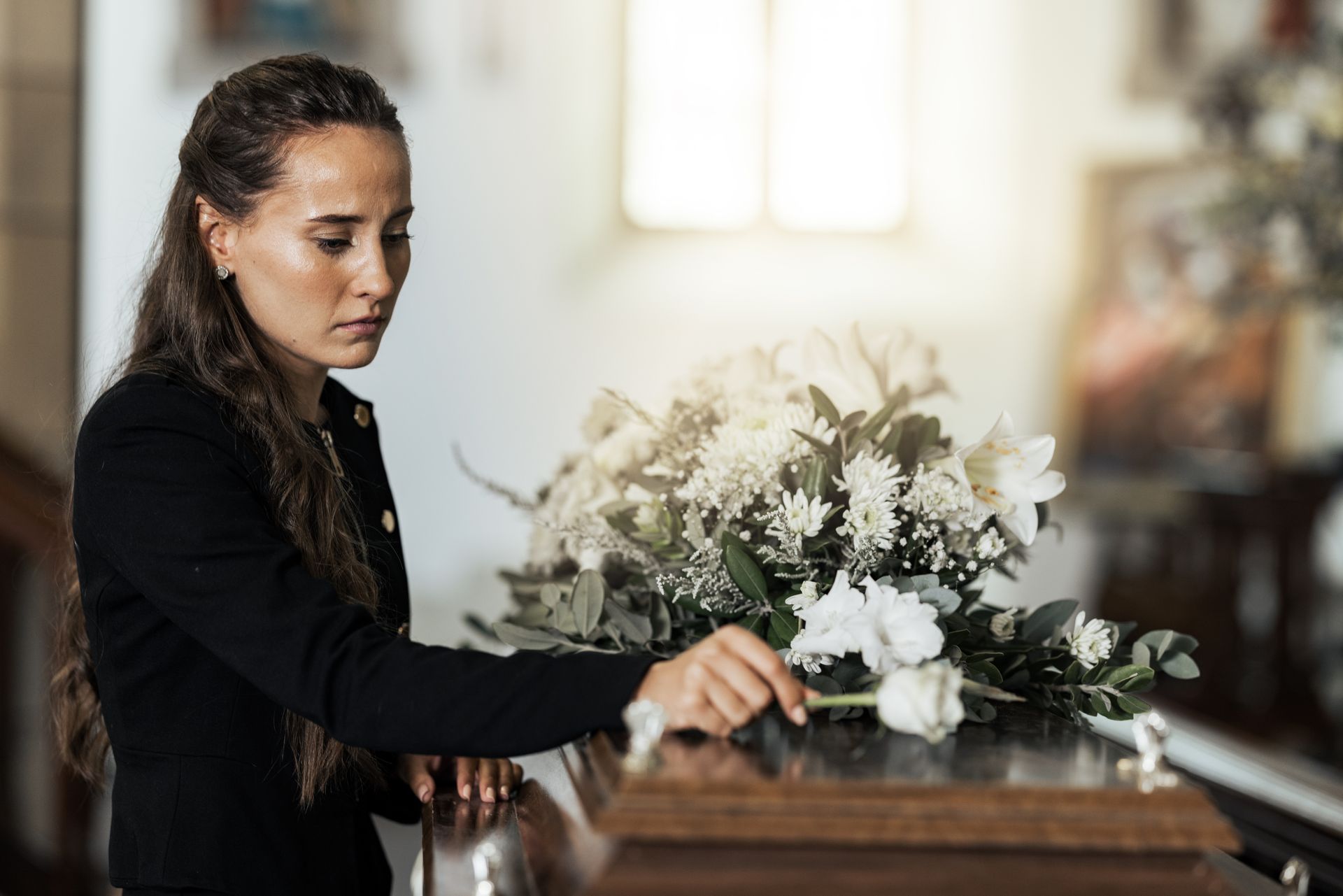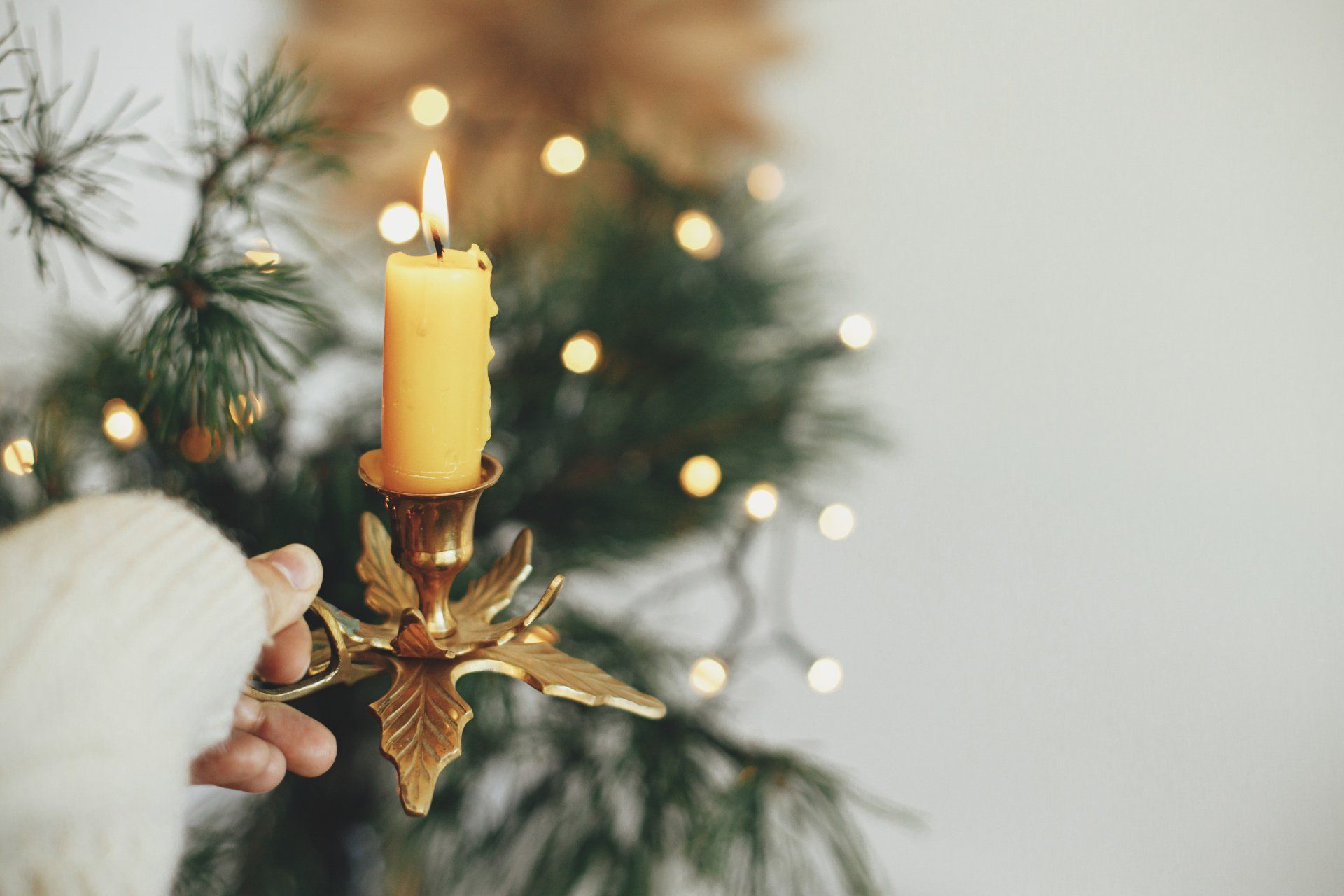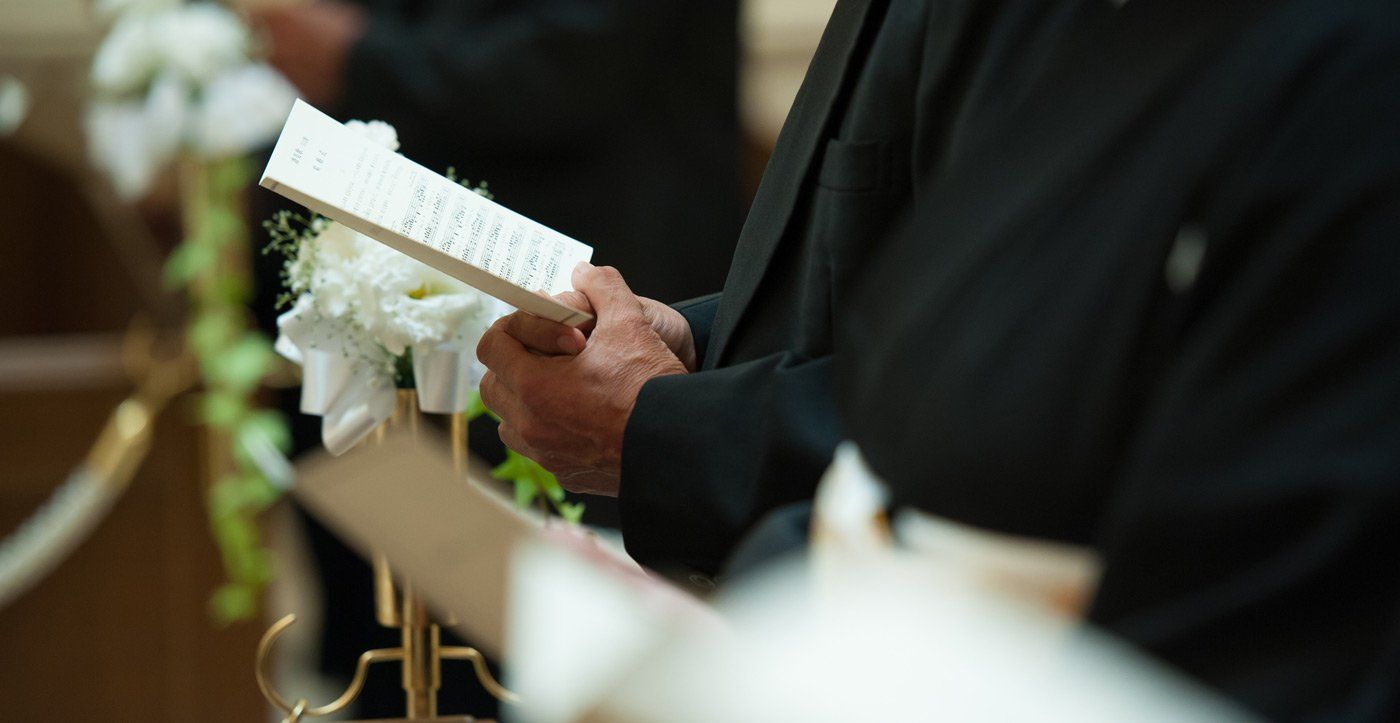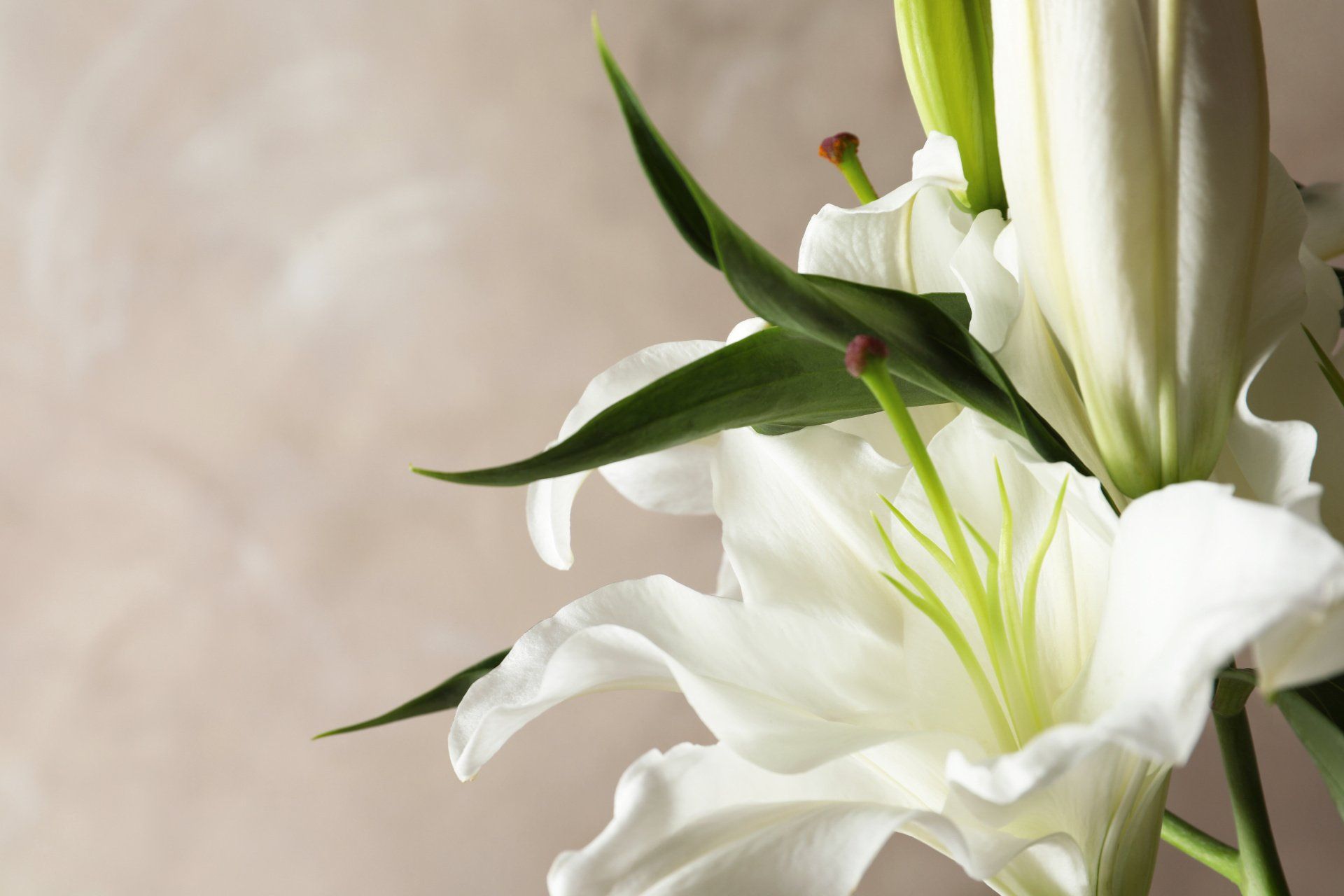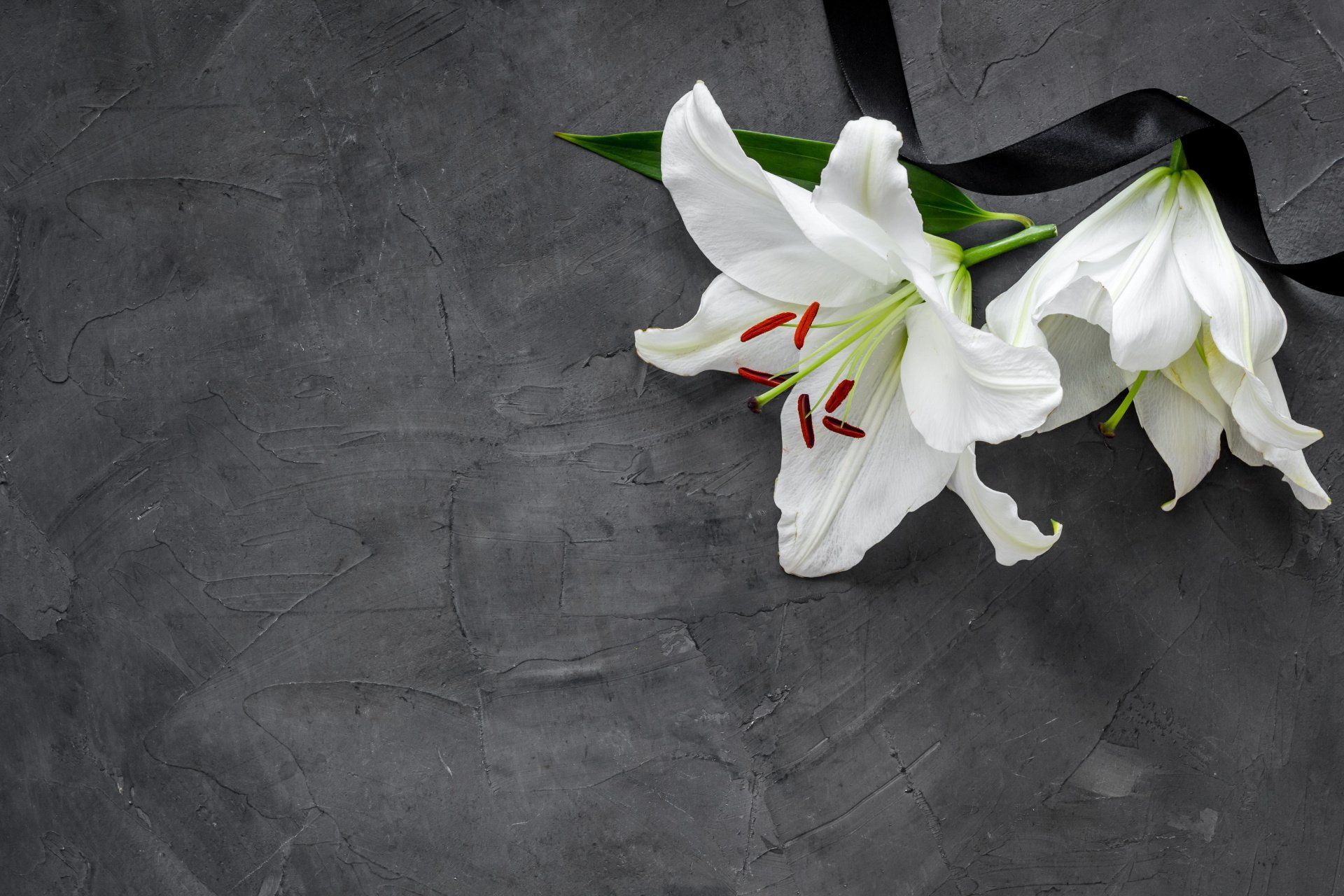How to arrange funeral flowers
Flowers are a traditional way to express condolences and sympathy to the bereaved family. They convey an unspoken message of care, support, and love during a difficult time. Plus, as funerals are increasingly becoming more ‘celebrations of life’, funeral flowers can also contribute to this celebratory aspect by adding colour, vibrancy, and a sense of vitality to the surroundings.
At Water and Sons, we’ve put together a step-by-step guide to help you arrange a floral tribute that reflect your loved one in a respectful and personalised way:
1. Select the type of flowers
Choose flowers that hold significance or were favourites of the deceased. Common choices include roses, lilies, carnations, chrysanthemums, and gladioli. Be mindful to consider the colour scheme and any specific preferences or cultural customs associated with your loved one.
2. Determine the arrangement style
Common options include standing sprays, wreaths, casket sprays, floral baskets, or vase arrangements. The choice often depends on personal preference, religious or cultural traditions, and the location where the flowers will be displayed.
3. Gather necessary materials
You will need a pair of sharp floral scissors or shears, floral foam (if using), floral tape, waterproof containers (if necessary), ribbons, and any additional decorative elements such as foliage or ferns.
4. Prepare the flowers
Trim the stems at a slight angle to allow for better water absorption. Remove any foliage or thorns that would be below the waterline. If using floral foam, be sure to soak it in water until fully saturated.
5. Create the base
For arrangements like wreaths or standing sprays, use floral foam to provide a stable base. Cut the foam to fit the container and secure it with floral tape or pins. If using a vase or basket, skip this step.
6. Begin arranging
Start with the focal flowers, such as roses or lilies, and place them evenly around the base. Create a visually pleasing shape, considering the height, colour, and texture of the flowers. Add different varieties of flowers gradually, spacing them out evenly.
7. Add foliage and fillers
Use greenery and foliage to fill in any gaps and add volume to the arrangement. Consider using ferns, ivy, or leather leaf as fillers. Add smaller flowers like baby's breath or carnations to enhance the overall composition.
8. Maintain symmetry
Keep the arrangement balanced by distributing flowers and foliage evenly on both sides. Step back occasionally to evaluate the arrangement from different angles and make adjustments as needed.
9. Personalise with ribbons or accessories
Attach ribbons, bows, or personalised banners to the arrangement if desired. You can include a message, the name of the deceased, or a symbol that holds significance. Many also like to add a touching tribute in the form of a message card.
10. Transport and display
Carefully move the arrangement to the designated location, ensuring it is secure and stable. Place it in an appropriate area, such as near the casket, at the altar, or at the graveside, following the customs and guidelines of the funeral venue.
Remember, if you're unsure or would like professional assistance, you can always reach out to us here at
Water and Sons. We’ve got decades of experience to prove the guidance and help you need to create a beautiful display of funeral flowers that honour your loved one's memory. Be sure to also check out our
floral tribute brochure for a wide variety of fitting flowers that have been specially arranged to suit a plethora of preferences.
How to choose funeral flowers
1. Consider the relationship
Think about your relationship with the deceased and their family. If you were close to the person who passed away, you may want to choose flowers that hold personal significance or were their favourites. If you're selecting flowers on behalf of a group or organisation, consider their relationship and the collective preferences.
2. Cultural and religious customs
Take into account any cultural or religious customs associated with funerals. Different cultures and religions may have specific flower preferences or symbolic meanings. Research or consult with family members to ensure that your choice aligns with their traditions.
3. Symbolism and meaning
Flowers often carry symbolic meanings, and choosing flowers with specific meanings can add depth to your tribute. Commonly chosen funeral flowers and their meanings include:
Lilies: Symbolise innocence, purity, and the soul's restored innocence.
Roses: Carry various meanings depending on the colour. Red roses symbolise love and respect, while white roses represent purity and innocence.
Carnations: Traditionally used for remembrance and love. Red carnations can symbolise admiration, while white carnations can represent pure love and innocence.
Chrysanthemums: Commonly associated with funerals in many cultures, symbolising death, grief, and honour.
Gladioli: Represent strength of character, moral integrity, and sincerity.
Orchids: Symbolise love, beauty, and strength.
4. Colour choice
Consider the colour scheme when selecting funeral flowers. Different colours evoke different emotions and can convey various messages. Common choices include white, which symbolises purity and innocence, and red, which signifies love and respect. Soft and muted colours like pastels can also create a serene and comforting atmosphere.
5. Budget and practicality
Consider your budget when selecting funeral flowers. Flowers can vary significantly in price, and it's important to choose something that fits within your means. Additionally, consider practical aspects like the size of the arrangement, transportation logistics, and the preferences of the deceased or their family.
Remember, the most important aspect of choosing funeral flowers is the thought and sentiment behind your selection. Your gesture of sympathy and support will be appreciated by the bereaved, regardless of the specific flowers you choose, however if you’d like some expert advice, or help planning a funeral then please contact us at Water and Sons.
Looking to make a funeral more bespoke?
Check out 8 ways to personalise a funeral!

Home | Blog


